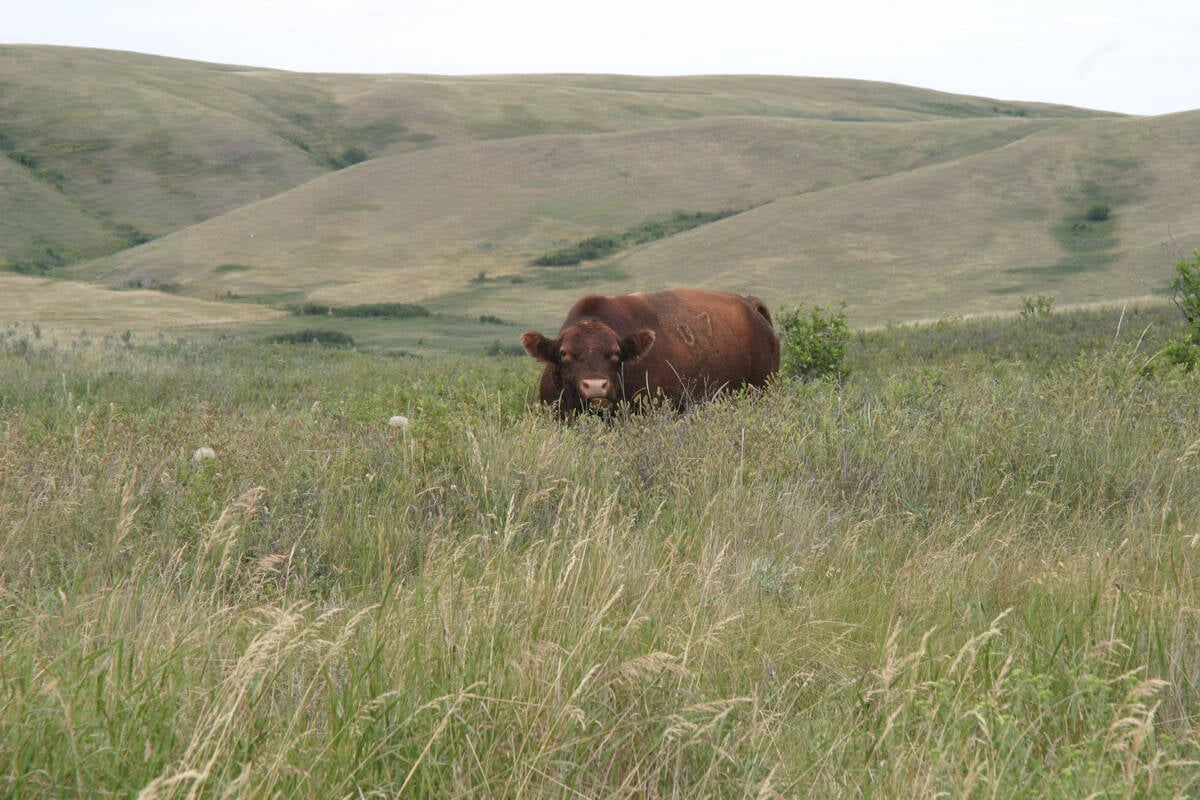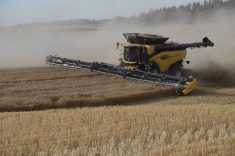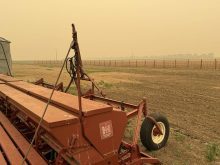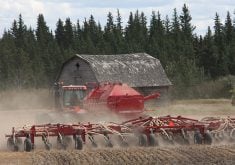MOOSE JAW, Sask. – Farmers who want to spread risk by splitting fertilizer applications should be aware they create risk by not applying all their nitrogen at seeding.
Guy Lafond, a scientist at Agriculture Canada’s Indian Head, Sask., research farm, said the window of opportunity for post-emergent application is small.
“We estimate a window of approximately 20 days,” he told farmers attending a seminar.
He said about 60 percent of prairie acres are under no-till seeding systems and most nitrogen is applied at seeding.
“It’s really, really hard to better it,” he said.
Read Also

Saskatchewan puts crown land auction on hold
Auctions of Saskatchewan crown lease land are once again on hold.
However, under dry conditions some farmers hold back on applying all the fertilizer at seeding. As moisture conditions improve, they apply more later to boost yields.
Lafond said wheat plots at Indian Head showed lower yields in fields where fertilizer was applied in two applications. However, similar research at the Scott farm near North Battleford, Sask., showed no difference. Studies of post-emergent nitrogen application began in 2001.
Similar results were found in canola at the two locations.
The research has looked at different amounts of nitrogen applied at seeding and up to the 5.5-leaf stage.
Lafond said if at least 33 percent of the recommended nitrogen is applied during seeding, wheat yields were maintained. For canola, between 50 and 60 percent of nitrogen requirements should be placed at seeding to prevent damages to yield.
“Adding some nitrogen at seeding significantly reduces risks,” he said.
In drier conditions farmers should apply at least 50 percent or more, he said.
Lafond added research is also being carried out to determine yield effects on durum, oats and barley.















